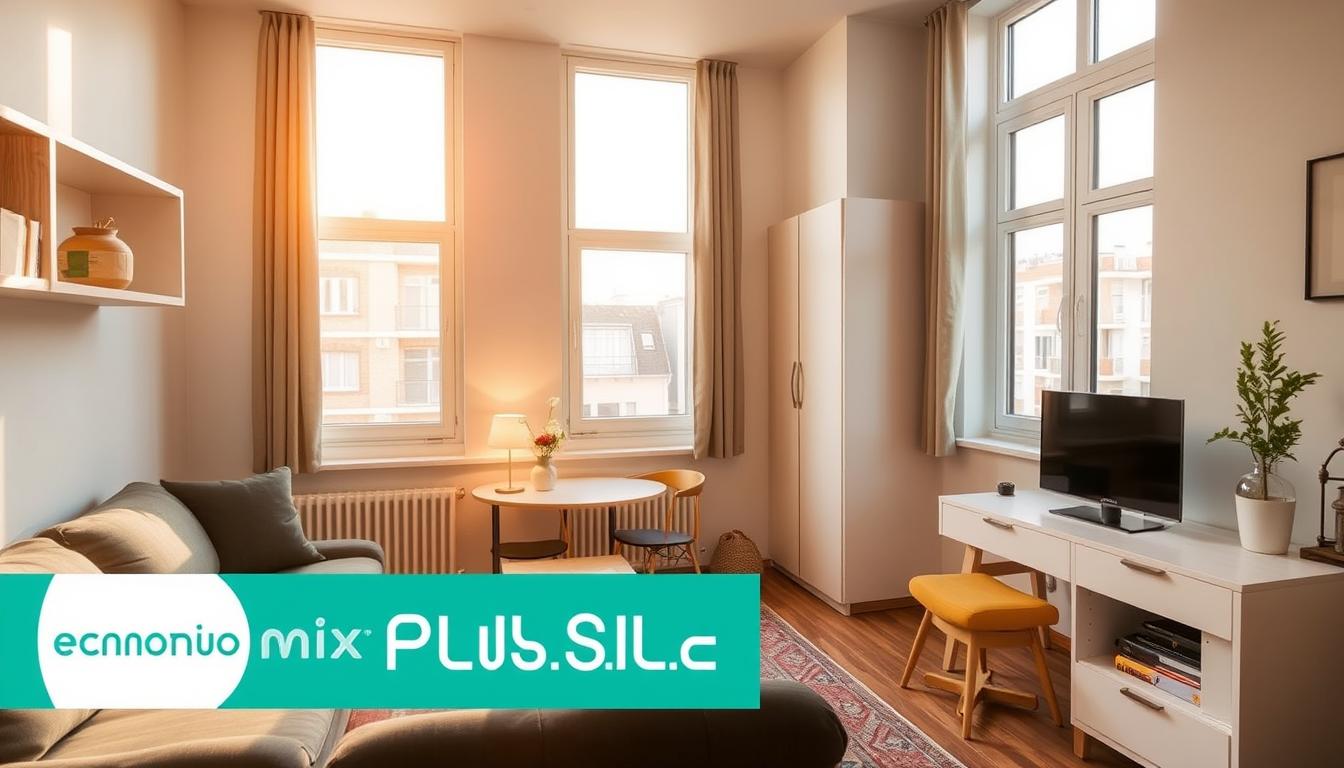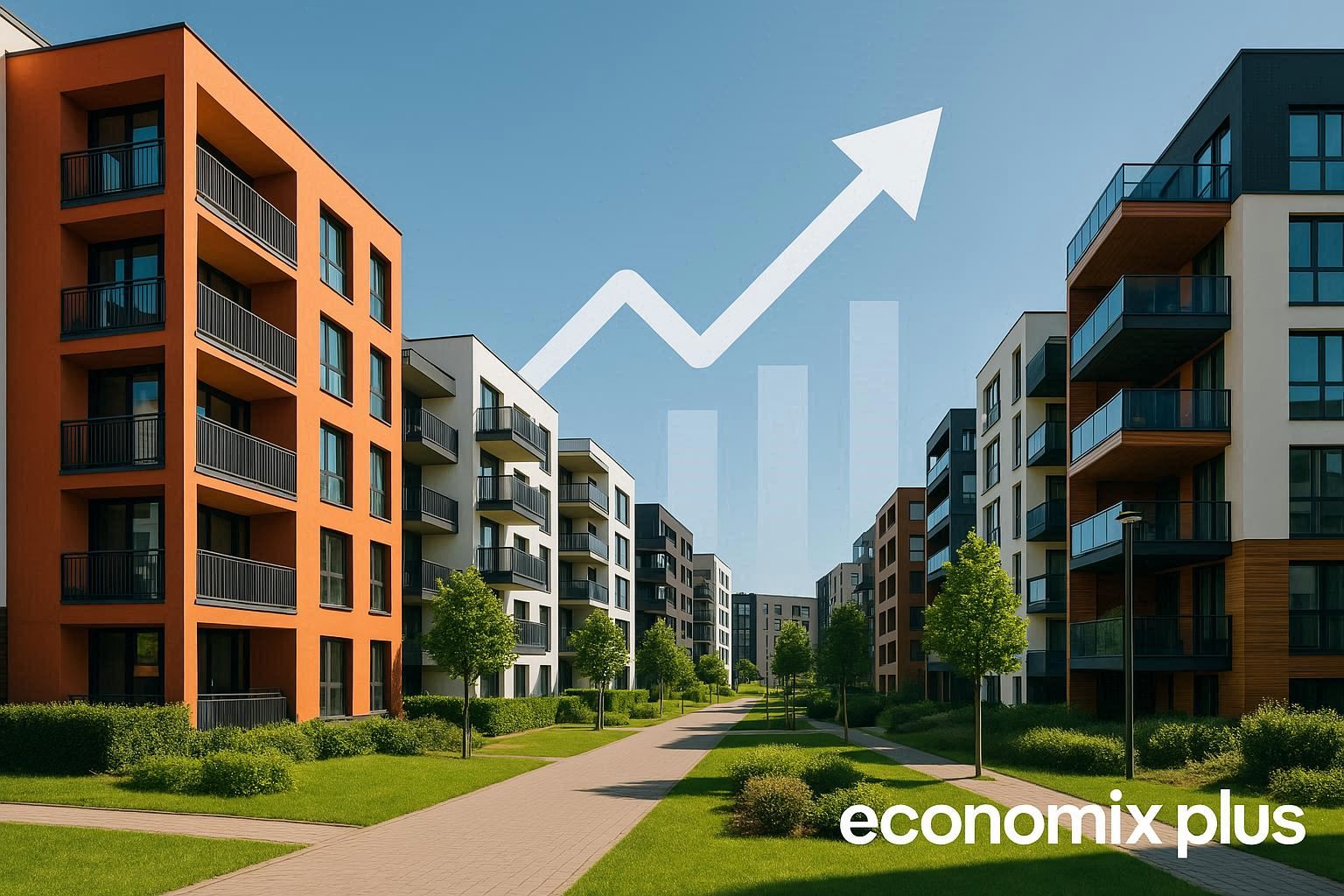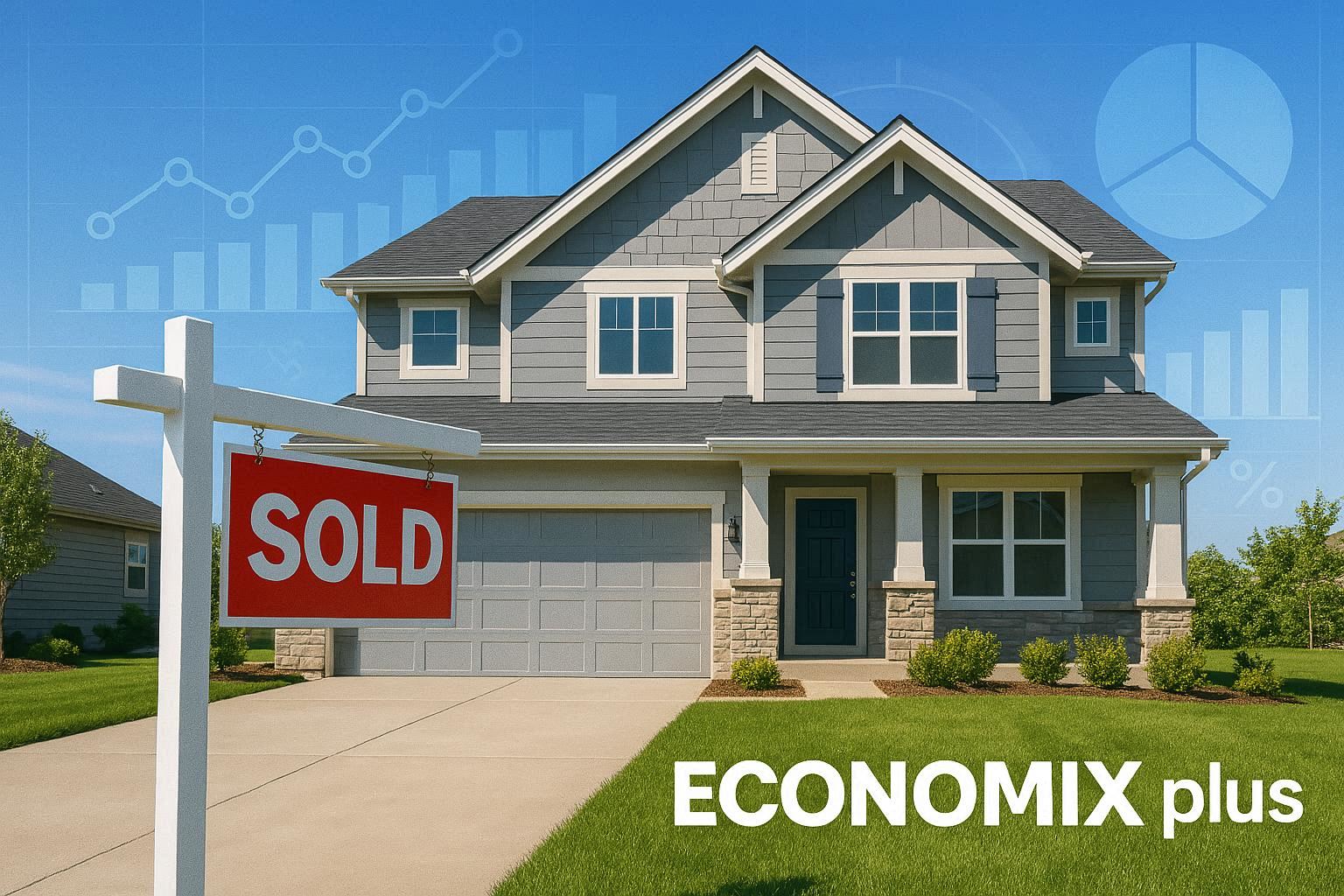Urban living spaces are evolving fast. With rents in cities like New York jumping 33% from 2021 to 2022, many seek affordable alternatives. Compact units, often called micro-apartments, are gaining traction as a smart solution.
These properties come with perks. Developers now offer 30% lower upfront costs for annual leases, making them attractive for budget-conscious renters. Lower initial expenses mean quicker returns for investors.
Is this trend worth considering? Smaller units may provide better cash flow than traditional rentals. High demand in crowded cities suggests strong potential for steady income. For those exploring real estate investment, compact living spaces present an interesting opportunity.
Key Takeaways
- Urban rents surged 33% in NYC between 2021 and 2022.
- Micro-apartments cut upfront costs by 30% with annual lease incentives.
- Compact units may offer faster returns due to high urban demand.
- Smaller properties can be easier to manage for new investors.
- Affordability makes these units appealing in pricey housing markets.
Why Small Apartments Are Gaining Popularity
Rising urban costs push renters toward compact living solutions. In cities like New York, studio rents average $3,000/month, forcing many to rethink space needs. The escalating costs of living, driven by factors such as increased demand for housing, limited supply, and gentrification, have made traditional apartments less accessible for many individuals and families.
Micro-units offer relief, with prices as low as $1,300—nearly 40% cheaper than traditional options. These smaller living spaces not only provide a more affordable alternative but also encourage a minimalist lifestyle, appealing to those who prioritize location and amenities over square footage.
Affordability Drives Demand
High housing expenses dominate city life. A micro-unit saves renters $700/month versus standard studios. Over a year, that’s $8,400 back in their pockets. For investors, density boosts profits:
| Unit Type | Quantity | Monthly Rent | Total Revenue |
|---|---|---|---|
| Traditional | 20 | $2,000 | $40,000 |
| Micro | 40 | $1,300 | $52,000 |
Minimalist Living Takes Hold
Younger generations favor convenience. 68% of Gen Z renters choose walkable neighborhoods over spacious homes. Remote work accelerated this shift—many no longer need large spaces for daily commutes.
Developers capitalize on this trend. Buildings with smaller units generate 30% more revenue by fitting more renters in the same footprint. For cities struggling with housing shortages, micro-units provide a scalable fix.
Are Small Apartments the Best Investment Now? Key Advantages
Compact living spaces are reshaping real estate strategies. These units offer unique financial and operational benefits, making them a compelling choice for savvy investors. As urban populations grow and housing demands shift, these smaller units cater to a diverse range of tenants, from young professionals seeking affordable city living to retirees looking to downsize without sacrificing location.
The efficiency of these spaces not only maximizes rental income but also reduces maintenance costs, allowing investors to achieve higher profit margins. Furthermore, the appeal of minimalist living aligns with contemporary lifestyle trends, promoting sustainability and convenience. This combination of factors makes compact living an increasingly attractive option in today’s real estate market.
Lower Costs, Faster Returns
Acquiring a micro-building typically costs $500,000, compared to $1.2 million for traditional properties. A Seattle conversion project delivered 18-month ROI by targeting budget-conscious renters. Shared amenities like co-working spaces boost rents by 12%.
Consistent Occupancy Rates
Urban Land Institute reports 92% occupancy for micro-units versus 85% for conventional rentals. HUD data shows sub-600sqft units lease 22% faster. High demand ensures steady cash flow.
Diverse Tenant Appeal
These properties attract varied demographics:
- 42% professionals seeking urban convenience
- 33% students prioritizing affordability
- 25% retirees downsizing (28% are 55+)
With lower overhead and broad tenant appeal, compact units minimize vacancy risks while maximizing return investment potential.
Financial Benefits of Micro-Apartments
Compact properties deliver surprising financial advantages. Their efficient designs translate to stronger returns, lower expenses, and higher occupancy rates. Investors increasingly favor these units for predictable cash flow. The unique layout of micro-apartments often maximizes usable space, allowing for innovative storage solutions and multifunctional areas that appeal to a broad range of tenants.
This adaptability not only attracts a diverse demographic but also enhances tenant satisfaction, leading to longer lease terms and reduced turnover rates. Additionally, the growing trend of urbanization and the increasing cost of living in metropolitan areas further solidify the demand for these compact living solutions, making them a smart investment choice for those looking to capitalize on evolving housing needs.
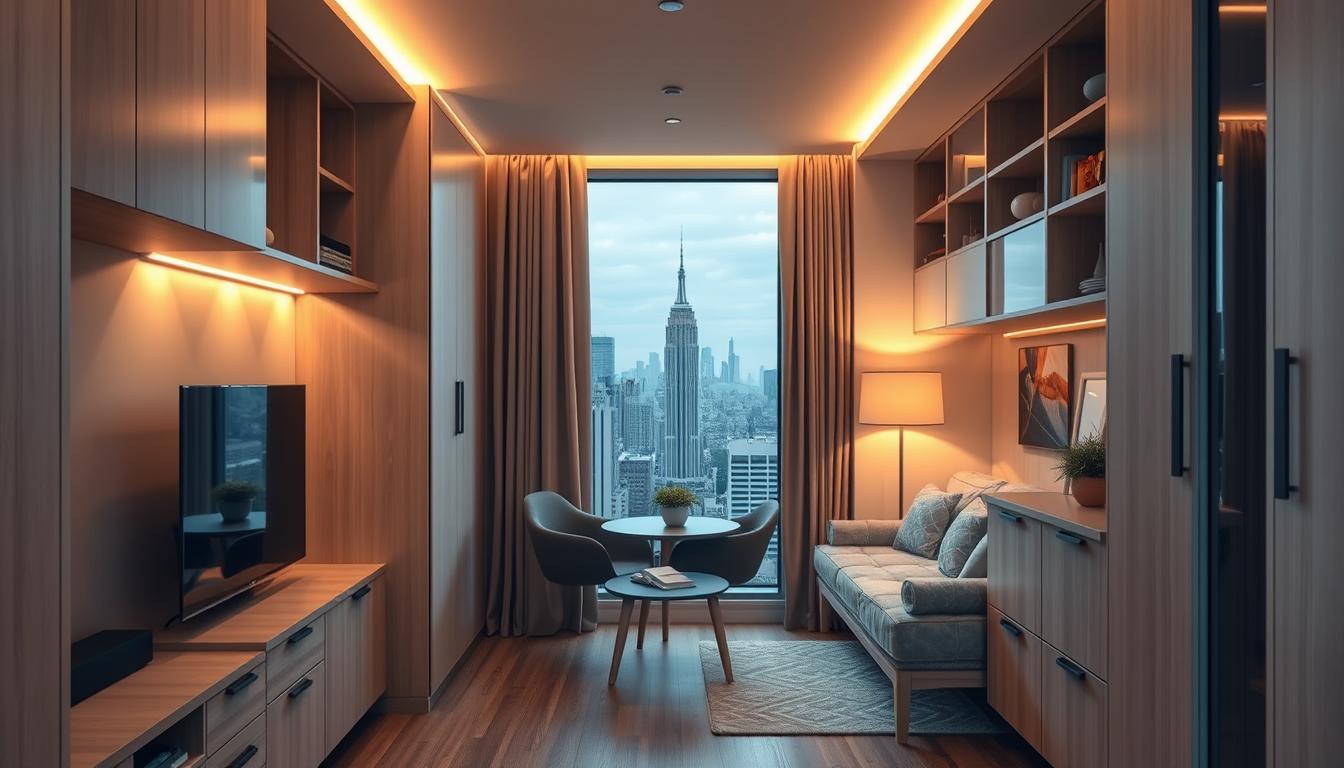
Maximizing Rent Efficiency
Boston’s market shows micro-units earning $4.50/sqft versus $3.20 for conventional ones. A $1,800/month unit outperforms a $2,500 1-bedroom by 44% in rent-per-square-foot. Density drives revenue without raising square footage.
Operational Cost Savings
Smaller spaces slash expenses. HVAC systems in compact units cost 40% less to run. Over five years, maintenance averages $18,000—compared to $32,000 for larger properties. Efficient layouts also cut utility bills by 25%.
| Expense Category | Micro-Unit (5-Yr) | Traditional Unit (5-Yr) |
|---|---|---|
| Maintenance | $18,000 | $32,000 |
| Utilities | $6,250 | $8,300 |
| Insurance | $3,960 | $5,080 |
Case Study: Chicago Conversion
A 2021 project transformed an old office into 60 micro-units. Net operating income jumped 38% in three years. Newer buildings also saw 22% lower insurance premiums due to modern safety features.
- Higher income/sqft: Boston’s $4.50 vs. $3.20 benchmark.
- Reduced cost: 25% lower utilities, 40% HVAC savings.
- Faster ROI: Chicago’s 38% NOI growth in 36 months.
Location Risks and Market Considerations
Choosing the right spot for compact units makes or breaks returns. Urban markets show 94% occupancy, while suburban areas struggle at 65%. This stark contrast highlights the necessity for investors to focus on urban locations where demand is robust and stable.
In urban settings, factors such as proximity to public transportation, vibrant local amenities, and employment opportunities significantly enhance the attractiveness of micro-units. Investors must weigh local factors like amenities, safety, and job hubs, as these elements not only influence occupancy rates but also affect rental pricing and tenant retention.

Urban Cores Outperform Suburbs
Micro-units thrive in cities. A Denver building near light rail hit 100% occupancy in four months. Suburban demand lags—35% vacancy rates plague these areas. Density and walkability drive success.
Amenity Access Matters
Renters prioritize convenience. Ideal locations sit within:
- 0.5 miles of transit stops
- 0.3 miles of grocery stores
Units meeting these criteria lease 22% faster. Tech corridors boost rents further, with clusters like Austin’s adding 22% premiums.
Safety and Employment Data
FBI UCR reports reveal key patterns. Areas with <15 crimes/1k residents maintain 98% occupancy. Job growth also signals stability—cities adding 5%+ jobs yearly see 12% higher rental demand.
Investors should cross-check:
- Local crime rates (police department data)
- Major employers (tech, healthcare anchor demand)
- Transit expansion plans (future-proofing assets)
Operational Challenges for Investors
Managing micro-apartments presents distinct challenges for property owners. While these units offer financial perks, such as higher rental yields and lower vacancy rates, they also come with significant hurdles that must be navigated carefully. Zoning restrictions can be particularly problematic, as many municipalities have stringent regulations that limit the size and type of units that can be constructed or converted. Additionally, noise complaints are a common issue in these compact living spaces, as residents often share walls and communal areas, leading to disputes over sound levels.
Turnover logistics require careful planning and efficient management practices to ensure that units are quickly and effectively prepared for new tenants. Savvy investors mitigate risks with smart systems, such as automated leasing processes and tenant screening tools, alongside thorough local market research to stay ahead of trends and regulations.
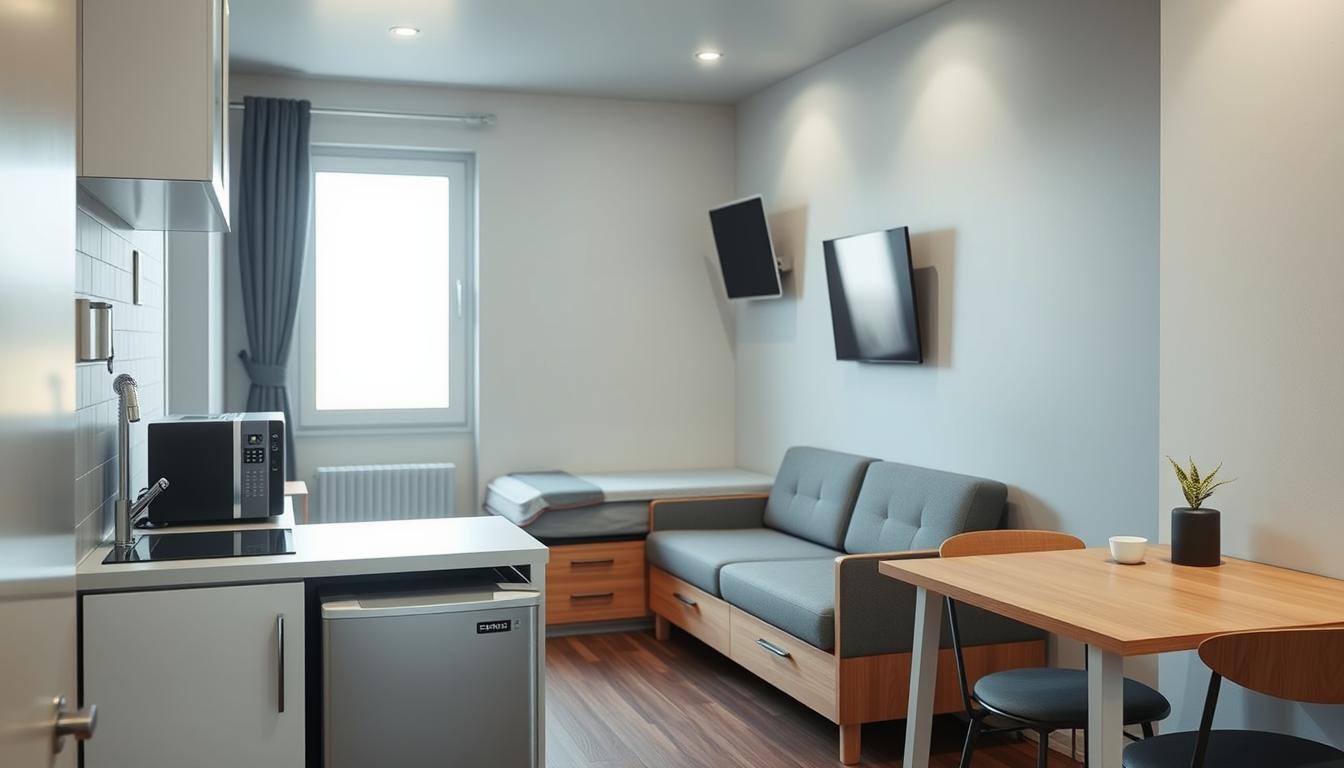
Navigating Zoning Law Complexities
Zoning laws delay projects in 78% of markets. NYC took 20 years to amend its 400sqft minimum rule, highlighting the complexities and challenges that developers face when trying to adapt to changing housing needs. Many cities enforce >500sqft requirements, forcing creative workarounds like shared living approvals, which can include innovative co-housing models or adaptive reuse of existing structures. These restrictions not only hinder the speed of new housing developments but also contribute to the ongoing housing crisis in urban areas, as the demand for smaller, more affordable living spaces continues to rise.
Noise Management in Compact Spaces
Micro-units report 42% more sound complaints than traditional rentals. Effective noise management includes soundproofing walls and setting quiet hours. Buildings near transit hubs face higher scrutiny.
Short-Term Rental Logistics
Short-term rentals demand efficient systems. Smart locks cut rekeying costs by $180 per tenant, with a $2,500 system paying for itself in 14 turnovers. An Austin investor boosted NOI 19% using dynamic pricing for Airbnb listings.
- Zoning hurdles: 78% of cities restrict sub-500sqft units.
- Noise data: Dense buildings average 3.2 complaints/month.
- Airbnb potential: 85% occupancy vs. 65% for long-term leases.
Long-Term Investment Outlook
Micro-apartments present unique opportunities and challenges for long-term investors. These compact living spaces are increasingly sought after due to urbanization and changing demographics, particularly among young professionals and students who prioritize affordability and location.
While they offer strong appreciation potential, market factors like remote work trends and sustainability demands shape their future performance. Investors must also navigate challenges such as zoning regulations and the potential for market saturation in certain areas. Additionally, understanding tenant preferences and maintaining high occupancy rates are crucial for maximizing returns in this evolving landscape.
Resale Market Considerations
Compact units take 22% longer to sell than traditional properties. However, they appreciate 15% faster in prime urban markets. Investors should plan for:
- Longer holding periods (5-7 years recommended)
- 7% average annual appreciation vs. 4.5% for standard units
- 38% cap rate compression in secondary markets
Sustainability Drives Future Demand
Green buildings command premium pricing. LEED-certified micro-units see:
- 11% higher resale values
- 17% faster lease-up times
- Lower operational costs (ENERGY STAR units save 25% on utilities)
Urban migration patterns suggest 28% growth in demand through 2030, especially in high-growth rental markets.
Remote Work Reshapes Urban Living
Hybrid work models impact space needs:
| Work Pattern | % of Micro-Tenants |
|---|---|
| Fully remote | 32% |
| 3+ days remote | 31% |
| Office-based | 37% |
Buildings with co-working spaces achieve 12% higher rents. Investors should prioritize properties with flexible work amenities.
Conclusion
Micro-unit investments show strong financial promise in current markets. With 19-22% average annual returns, they outperform traditional real estate options by 13-16 percentage points.
Urban positioning remains critical. Properties near transit and amenities achieve 94% occupancy, while suburban units lag at 65%.
For balanced portfolios, allocating 15-25% to compact units hedges against market shifts. Emerging hubs like Phoenix and Raleigh report 30%+ yearly growth, signaling untapped potential.
Focus on high-demand areas to maximize return on investment. Compact property types offer resilience in volatile housing climates.
